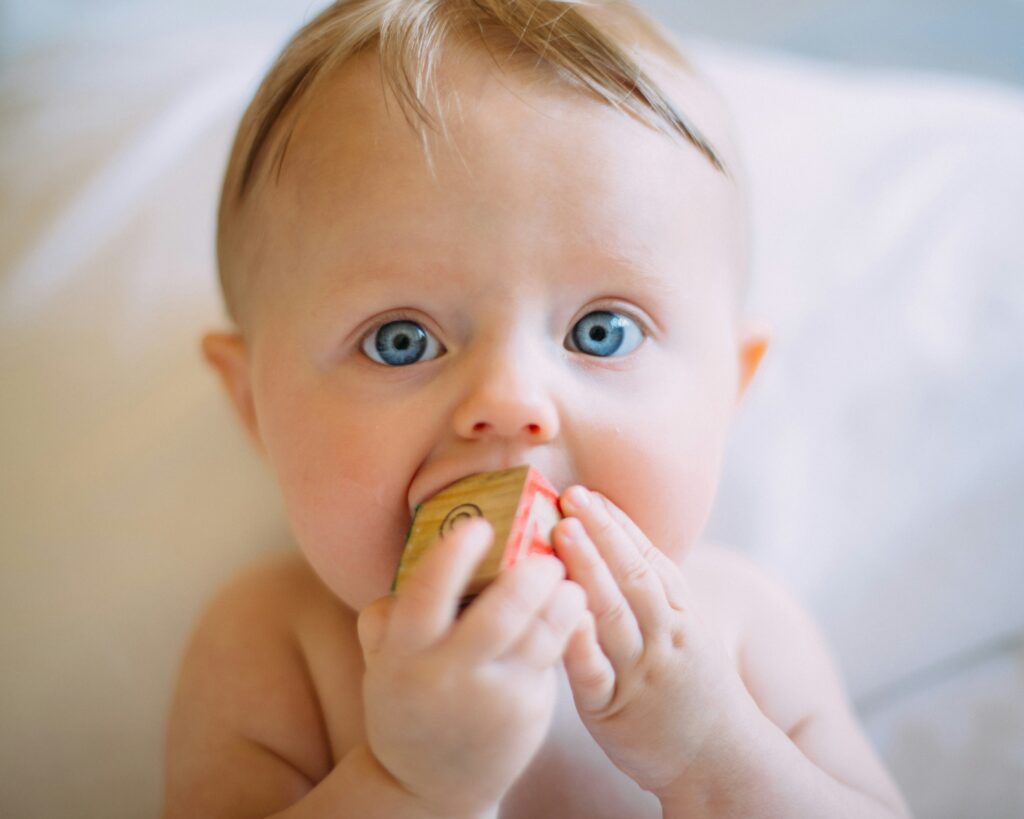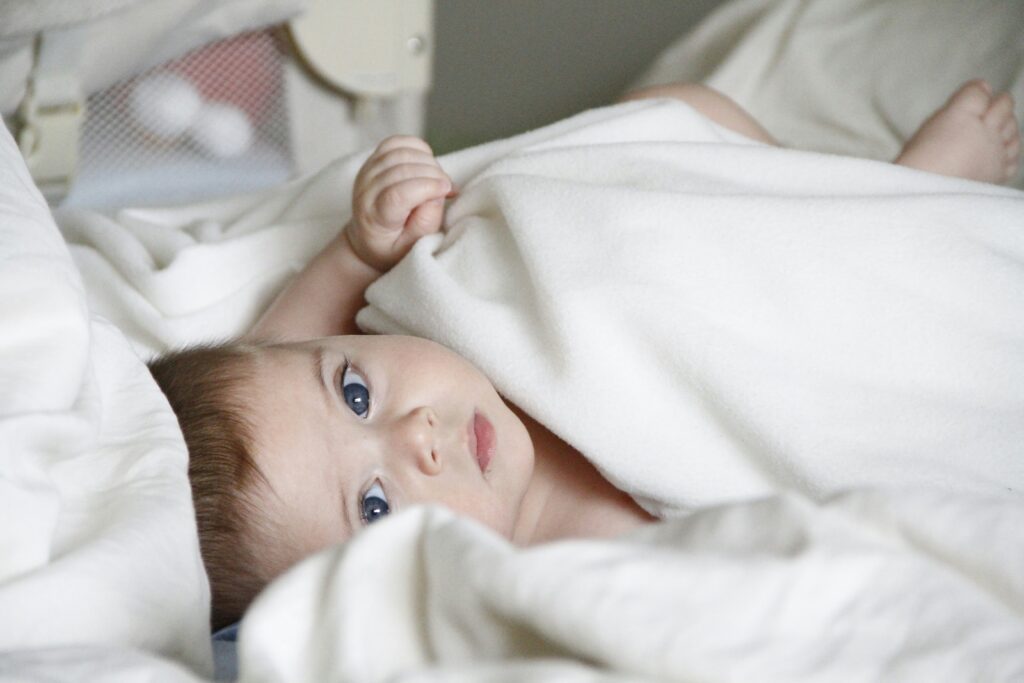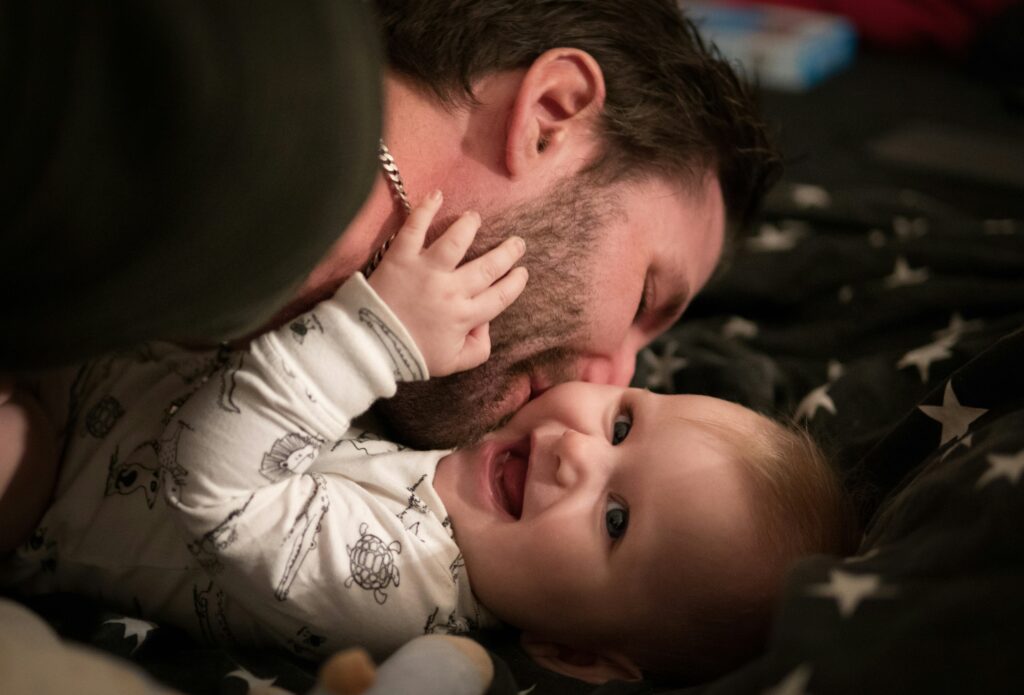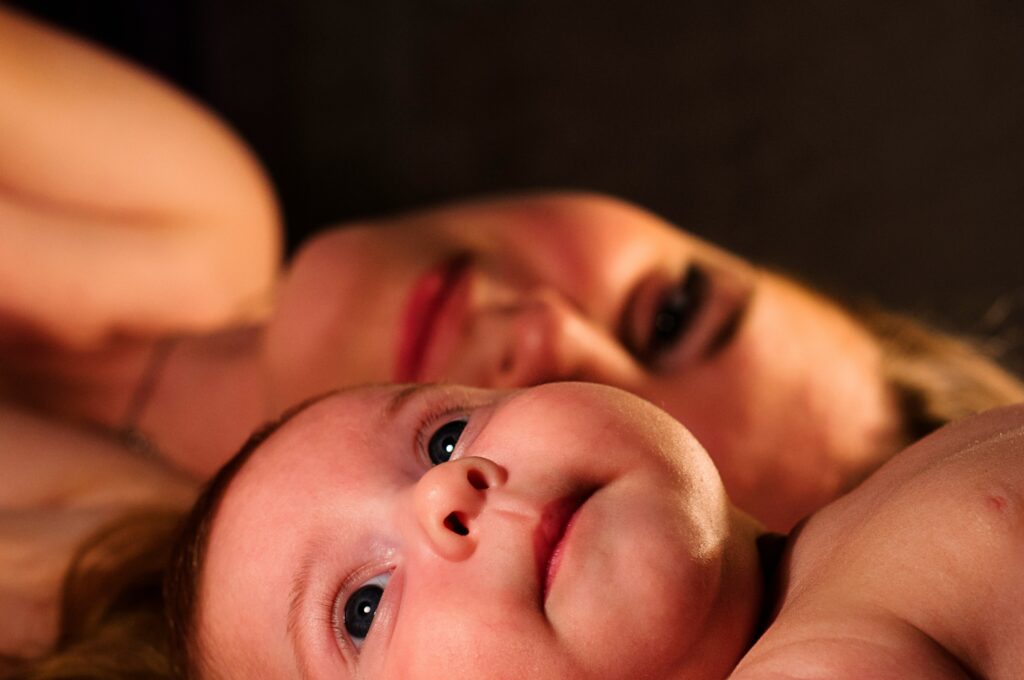Introduction to Baby Rashes
For the concerned parent, many of them are in a state of frequent unexpectedness that can be quite upsetting for both baby and carer alike. It is a good idea to learn about the many types of rashes your baby may develop so that you may take proper care of his sensitive skin. Although some are harmless, others can be indicative of an underlying condition, and so the ability to identify the differences is paramount.

Why Understanding Baby Rashes is Crucial
With their sensitive skin and still-developing immune systems, infants are quite prone to skin irritations. What seems like a harmless rash could actually signal an allergic reaction, an infection, or a deeper issue. Comprehending the various rashes a baby may have allows parents to take proper steps in either soothing a harmless rash or seeking medical attention because of a serious skin condition.
Common Causes of Baby Rashes: A Quick Overview
The causes of a rash on babies include, among others: moisture and friction (commonly due to diaper rashes), heat, allergens, and viral infections. Environmental changes can include temperature changes and humidity, which may make great contributors to triggering a reaction on the skin. Some rashes appear instantly, while others may develop over a longer period of time; hence, the ability to identify them at an early stage would be very advantageous.
Types of Baby Rashes
Identifying Different Baby Rashes: What to Look For
Rashes are not all the same, with some being raised and red, whereas others can appear small, bumpy, flaky, or even as blisters. Knowing the appearance and places a rash could happen is important for both diagnosis and treatment.
Diaper Rash
Causes of Diaper Rash: More Than Just Dirty Diapers
Diaper rash can be described as a general irritation of the skin that results from prolonged exposure to a wet or soiled diaper, friction caused by the wet diaper material, and at times even from a fungal or bacterial infection. In such cases, the tender skin of the diaper area may get inflamed and become red, swollen, and painful for the baby.
How to Prevent and Treat Diaper Rash
Prevention of diaper rash encompasses frequent changes, keeping the baby’s skin clean and dry, and smearing on protective creams such as zinc oxide. For treatment, one may consider airing the diaper area regularly along with using mild, unscented wipes or warm water for cleaning.

Eczema (Atopic Dermatitis)
What is Eczema? Understanding the Skin Condition
Eczema, or atopic dermatitis, is a condition affecting the skin with dry and itchy symptoms that include inflammation. It is common in infants, and, when not usually controlled by medication, it flares up with environmental factors, allergens, and genetics.
Common Triggers and Symptoms of Baby Eczema
Anything from harsh soaps and detergents to a simple change in the weather can be a trigger for baby eczema. Symptoms often appear as dry, scaly patches on the cheeks, elbows, or knees. In babies, itching may cause discomfort and irritability.
Managing Eczema: Soothing Treatments and Daily Care
Eczema is managed by daily moisturizing with hypoallergenic creams, avoidance of known irritants, and sometimes with prescribed topical treatments. Gentle bathing and soft, breathable fabrics also help decrease flare-ups.
Heat Rash (Miliaria)
Why Heat Rash Happens: The Role of Temperature and Sweat
Heat rash, also known as miliaria, is an irritation of the skin when the ducts responsible for the transport of sweat become blocked, trapping the sweat underneath the skin. Mainly this occurs in hot and humid places, or, in most cases, in babies when they become overheated because of overdressing; it consists of small, red lumps, especially in skin folds.
Treatment Options for Heat Rash: Keeping Your Baby Cool
In most instances, heat rash can be treated by keeping your baby cool with minimal, loose-fitting clothes, and by avoiding overwrapping or heavy swaddling. Cool baths may help to soothe the irritated skin of your baby. Keep them in well-ventilated areas.

Cradle Cap (Seborrheic Dermatitis)
What is a Cradle Cap, and How Long Does It Last?
Cradle cap is a form of seborrheic dermatitis of infancy characterized by a greasy, yellowish scalp with scales. It is nonitching and self-limiting within the first few months of life.
Best Ways to Treat and Soothe Cradle Cap
Cradle cap treatment includes gentle washing of the scalp with mild shampoo, using a soft brush to help loosen the scales. Sometimes, smearing on some baby oil or coconut oil beforehand may soften the skin and make cleaning easier.
Contact Dermatitis
What is Contact Dermatitis? How Irritants Affect Baby’s Skin
Contact dermatitis may result from skin reactions to irritants such as certain fabrics, detergents, or lotions. These cause redness, inflammation, and at times even blisters in the area of contact.
How to Identify and Avoid the Most Common Irritants
Also, be aware of what touches your baby’s skin to avoid contact dermatitis. For now, just use fragrance-free and hypoallergenic products, and always wash new clothes before your child wears them to remove potential irritants.
Hives (Urticaria)
Why Do Babies Get Hives? Allergies Explained
Hives are red, itchy welts that might develop suddenly and spread all over the body. These are usually results of an allergic reaction to food, medication, or environmental triggers like pollen and pet dander.
Effective Hives Treatment for Babies
The treatment of urticaria usually involves the identification and removal of the cause, and in minor cases, the use of antihistamines to alleviate itching. If it persists or is associated with difficulty breathing, immediate medical attention should be sought.

Rashes in babies can range from the mildest and most easily treated conditions to more serious ones that require immediate medical attention. Being a parent, one must identify various types of baby rashes, their causes, and the best treatments so that the tiny baby enjoys healthy skin. Proper baby skin care initiates with the identification of signs that depend on various baby rashes for taking quick and proper action.
Many of the baby rashes are not serious, but a few may worsen rapidly if not taken care of properly. Understanding what causes such conditions to take place—an allergic reaction, heat, or a skin infection—will help you deal with baby rashes in a far better way. You will understand how baby rashes can be cured at home by taking good care of the skin, like moisturizing and using the right fabrics. However, there are instances wherein consultation with a pediatrician becomes necessary, especially when the rash worsens or does not improve from simple care.
More importantly, equipped with proper knowledge regarding baby rashes, parents will be confident in caring for their child’s skin and shall enable them to prevent occurrence in the future. Keeping the baby’s skin clean, dry, and well moisturized can minimize the risk of baby rashes. Parents who are able to recognize symptoms in their early stages can prevent small rashes from becoming big skin problems.
Other than using a daily skin care routine, it is always important for parents to follow their instincts when it comes to baby rashes. If something just doesn’t feel right or a rash seems like something is out of the ordinary, it is always better to consult with a pediatrician. Expert advice will allay serious concerns and diagnose and treat your baby’s rash correctly. This kind of vigilance will not only ensure a speedy recovery but also avoid recurrences of baby rashes in the near future.
Basically, being informed and taking the right steps concerning baby rashes will eventually empower parents in their baby’s skin health. Prevention, early detection, and proper care will help in keeping your baby’s skin healthy and without irritation. With the right knowledge and expert guidance, managing baby rashes will become easier and less stressful for both you and your baby.








1 thought on “Your Ultimate Guide to Baby Rashes”